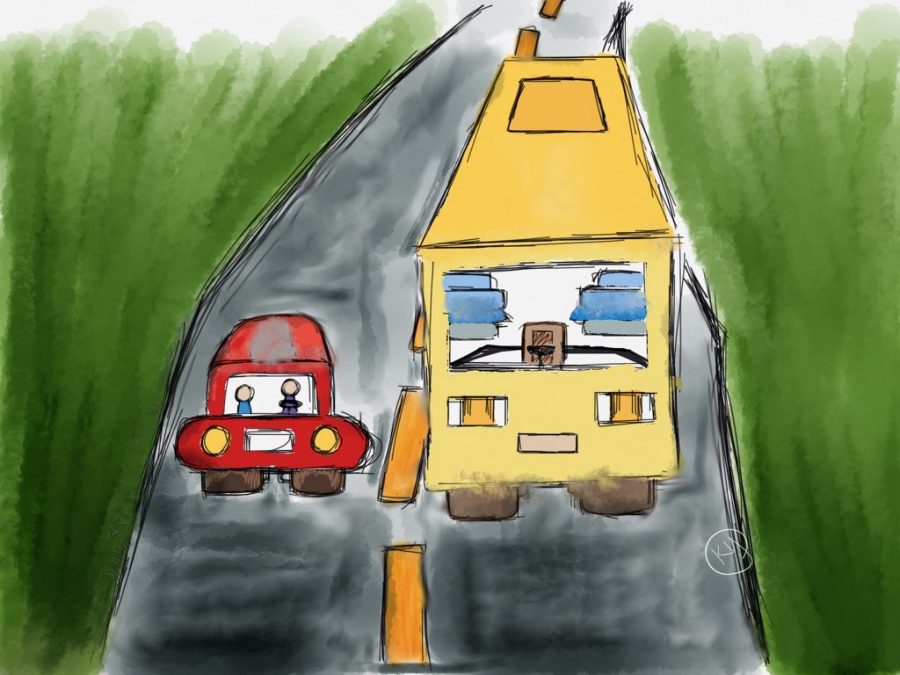Self-Driving Trucks
November 30, 2017
With the emergence of Uber and other such car services providing means of private transportation, tech companies have announced the development of self-driving vehicles. Trucks might someday drive themselves out of warehouses and onto freeways. This former dream is no longer unattainable; it has now become a reality. The only question is when.
Truck companies are betting self-driving trucks are closer than most people will believe. This year, companies and their investors are on track to place over $1 billion into these technologies, 10 times the amount from three years ago. Tesla is expected to showcase an electric truck that will have some self-driving capabilities. Unlike the average private vehicle that faces criticism regarding traffic navigation, trucks spend more time on desolate highways and roads. Companies will upgrade their own fleets the moment it becomes apparent there will be a profit to gain; there is no lack of market value for these auto trucks.
Trucking across the country is estimated to be a $700 billion industry, hauling consumer products and natural resources. Almost everything the consumer buys has been transported by trucks. This makes the industry a large target for automation technology. It has been reported that labor costs will be reduced in the long run from accidents, insurance, and safety issues. Therefore, there is a furious race to develop self-driving trucks; Self-driving trucks may even emerge before self-driven taxis. Even companies not clearly chasing the goal are implementing automated features such as autonomous braking and collision avoidance systems.
Despite eager attitudes for trucking automation, the industry faces potential challenges. Human drivers may react unexpectedly to an unmanned truck driving down the highway. Furthermore, what backlash would there be from the first deadly accident? These challenges stand as situations that could slow growth for years. And when self-driving trucks do finally arrive, how will economic and societal structures change? No doubt, there will be economic ripples, affecting insurance premiums, truck stops, and even the roads.
Drivers are already training trucks. For the past two years, Starsky Robotics in San Francisco has been testing self-driving technology up and down Florida. Minor problems include lost “vision” of the computer due to overpasses. The trial truck didn’t turn hard enough, prompting a human driver behind the wheel to act. Starsky does not plan to eliminate the occupation of a truck driver but plans on having human drivers at either end of the trip with remote-like control consoles in order to navigate more complicated city environments.
To eradicate the fear of unemployment, companies are portraying themselves as friendly job providers instead of job killers. This makes the task more attractive when trucking is tedious and dreary work, requiring workers to be away from home for weeks on end. So, when self-driving cars become a true reality, it is up to the public and marketing to decide how to embrace the new industry.

